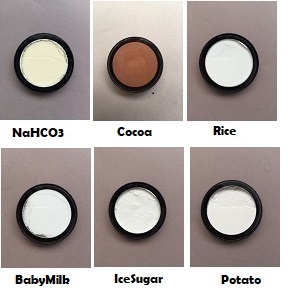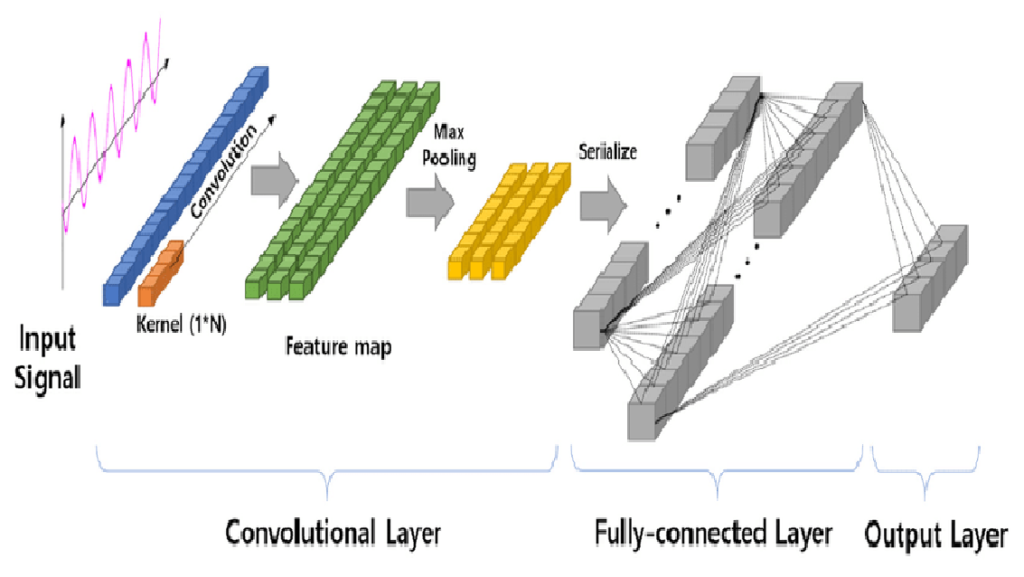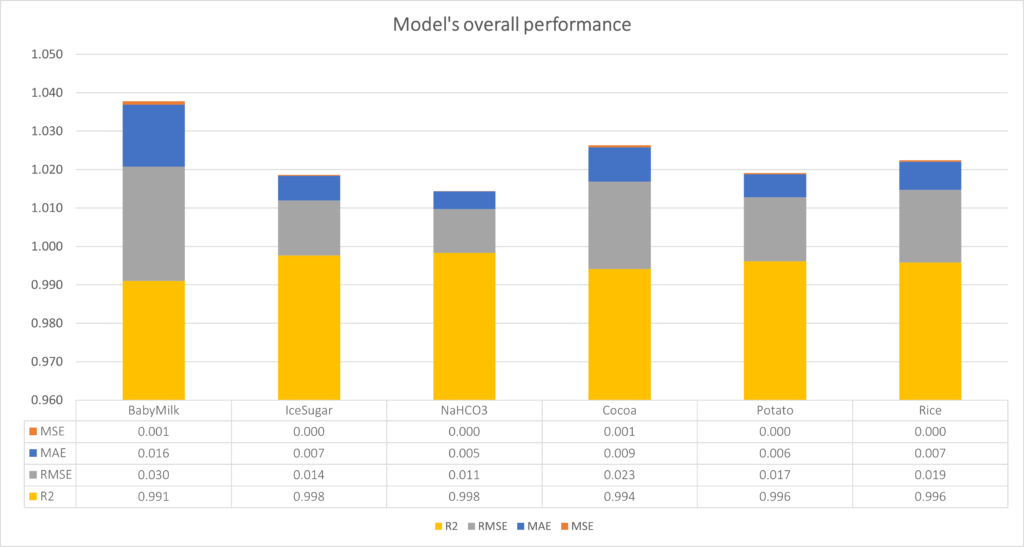Powders Analysis
- Home / Products & Projects / Artificial Intelligence /
- Powders Analysis
Quantitative Prediction of Organic Materials
Overview

This work deals with the problem of determining quantities of organic powders in a mixture based on their structure by using their infrared spectra.
We selected six organic powders to make a pairwise combinations with distinct quantities of each pair.
13 mixtures where made and a total of 62 including the distinct quantities of each pair.
The infrared spectrum of an organic compound consists of several peaks each characteristic to certain substructures (functional groups) of the molecule.
These peaks they may overlap due the weak peaks and shift of their position caused by the interactions of functional groups.
Challenge
The difficulty of classifying and determining the quantity of a material in a mixture by traditional analytical tools can be avoided if a neural network is trained to do the job and leverage the difficulty.
Artificial neural networks can generalize from examples and abstract important features from noisy data.
A Convolutional Neural Network (CNN) can learn useful features from the spectral profile and these learnt features can be fed directly a fully connected neural network to determine the quantities of each materials in each mixture.
In the Figure a generic 1D-CNN for signal data.

Results
MAE (Mean Absolute Error)
MSE (Mean Squared Error)
RMSE (Root Mean Squared Error)
R-squared (Coefficient of Determination)
MSE (Mean Squared Error)
RMSE (Root Mean Squared Error)
R-squared (Coefficient of Determination)
We modelled a 1D-CNN consisting of seven trainable layers, four convolutional layers and two fully connected layers.
The output of every convolutional layer is passed to the pooling layer.
The convolution layer contained 32 filters with a filter size of 3, stride as one and zero padding.
The number of filters on every two convolutional layers is increased by a factor of two, while other parameters are kept the same.
The pooling size of the first layer is set to two, and the last one to 4.
The final feature maps from the pooling layer are then flattened and used as input to a fully connected layers.
The dropout layer acted as a regularization layer to mitigate over-fitting.
The final model has 713,510 parameters.
Many models train better if the learning rate is gradually reduced during training.
We set the learning rate of Adam optimizer to hyperbolically decrease the learning rate of the base rate.
The trained 1D-CNN is able to determine accurately the quantity of a material in a mixture.
